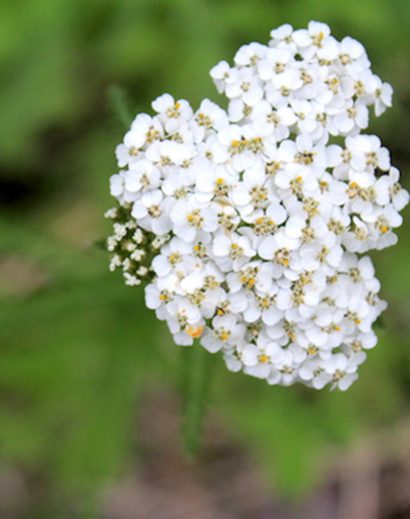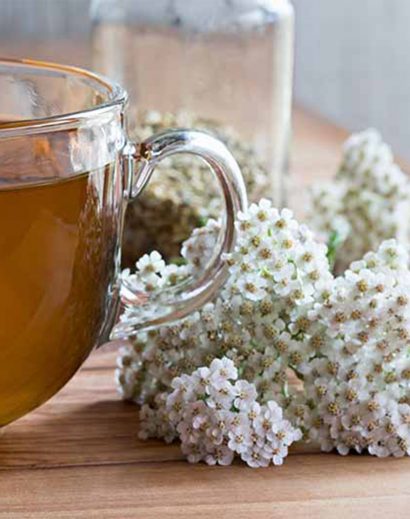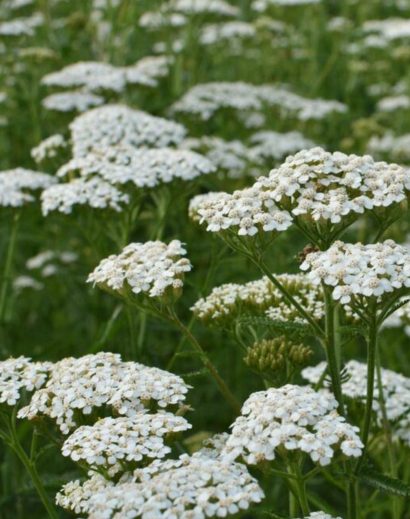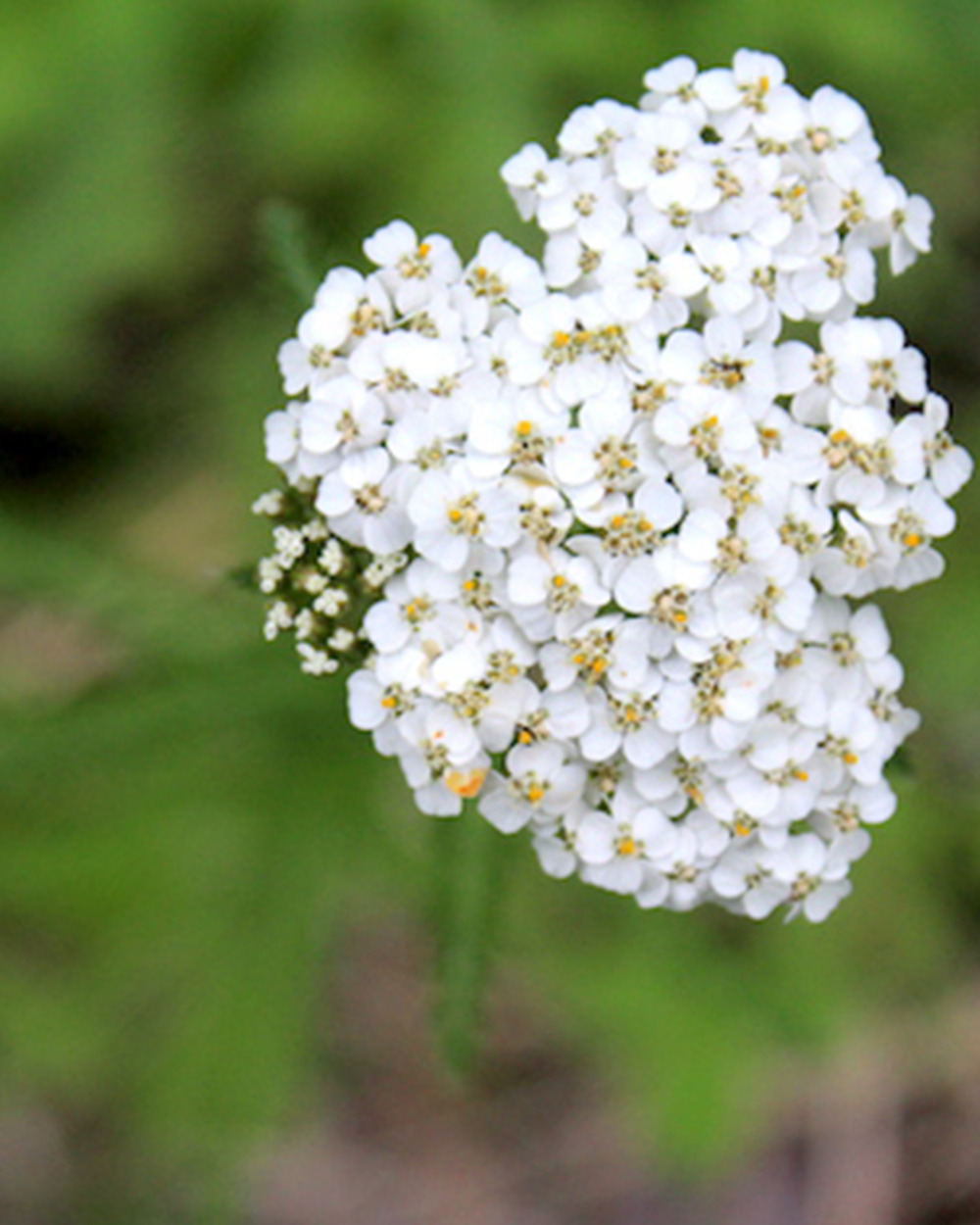Yarrow, scientifically known as Achillea millefolium, is a perennial herbaceous plant that belongs to the Asteraceae family. It is native to regions in Europe and Asia but can now be found in various parts of North America as well. Yarrow is renowned for its historical and contemporary uses in herbal medicine, as well as its ornamental qualities. Here’s a description of yarrow:
- Appearance:
- Yarrow typically grows to a height of 1 to 3 feet (30 to 90 centimeters).
- The plant has finely divided, fern-like leaves that are alternately arranged along its stem.
- The leaves are usually green but can sometimes have a grayish-green hue.
- Yarrow produces tall, erect, and branched stems that terminate in clusters of small, composite flowers.
- Flowers:
- Yarrow’s flowers are arranged in flat-topped clusters called “inflorescences” or “umbels.”
- The flowers are usually small, measuring about 1/4 to 1/2 inch (6 to 12 millimeters) in diameter.
- They can be white, cream, yellow, pink, or red, depending on the variety.
- Yarrow flowers often have a distinctive appearance with a central disk surrounded by numerous tiny ray flowers.
- Fragrance:
- Yarrow flowers have a mild, pleasant fragrance that is often described as sweet or herbaceous.
- Medicinal Uses:
- Yarrow has a long history of use in traditional herbal medicine. It is believed to have various medicinal properties, including being anti-inflammatory, antispasmodic, and astringent.
- Yarrow has been used to treat conditions such as wounds, fevers, digestive problems, and respiratory ailments.
- The plant contains compounds like flavonoids and sesquiterpene lactones, which are thought to contribute to its therapeutic effects.
- Cultivation:
- Yarrow is a hardy and drought-tolerant plant, making it well-suited for various climates.
- It prefers well-drained soil and can thrive in full sun to partial shade.
- Yarrow can be propagated from seeds or by dividing established plants in the spring or fall.
- Ornamental Use:
- Yarrow is also valued for its ornamental qualities and is often grown in gardens and landscapes.
- Different yarrow cultivars are available with various flower colors, making it a popular choice for adding color to gardens and floral arrangements.
- It is known for attracting pollinators like butterflies and bees.





Reviews
There are no reviews yet.